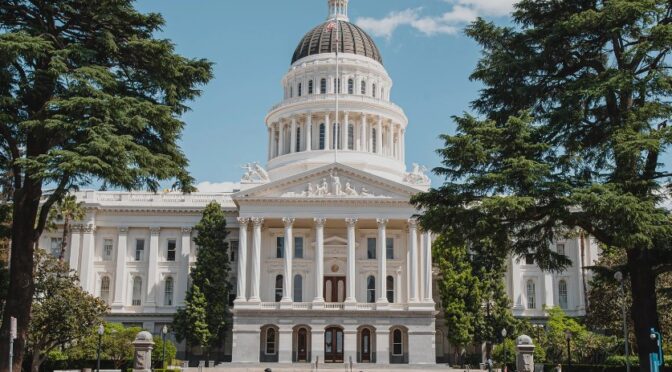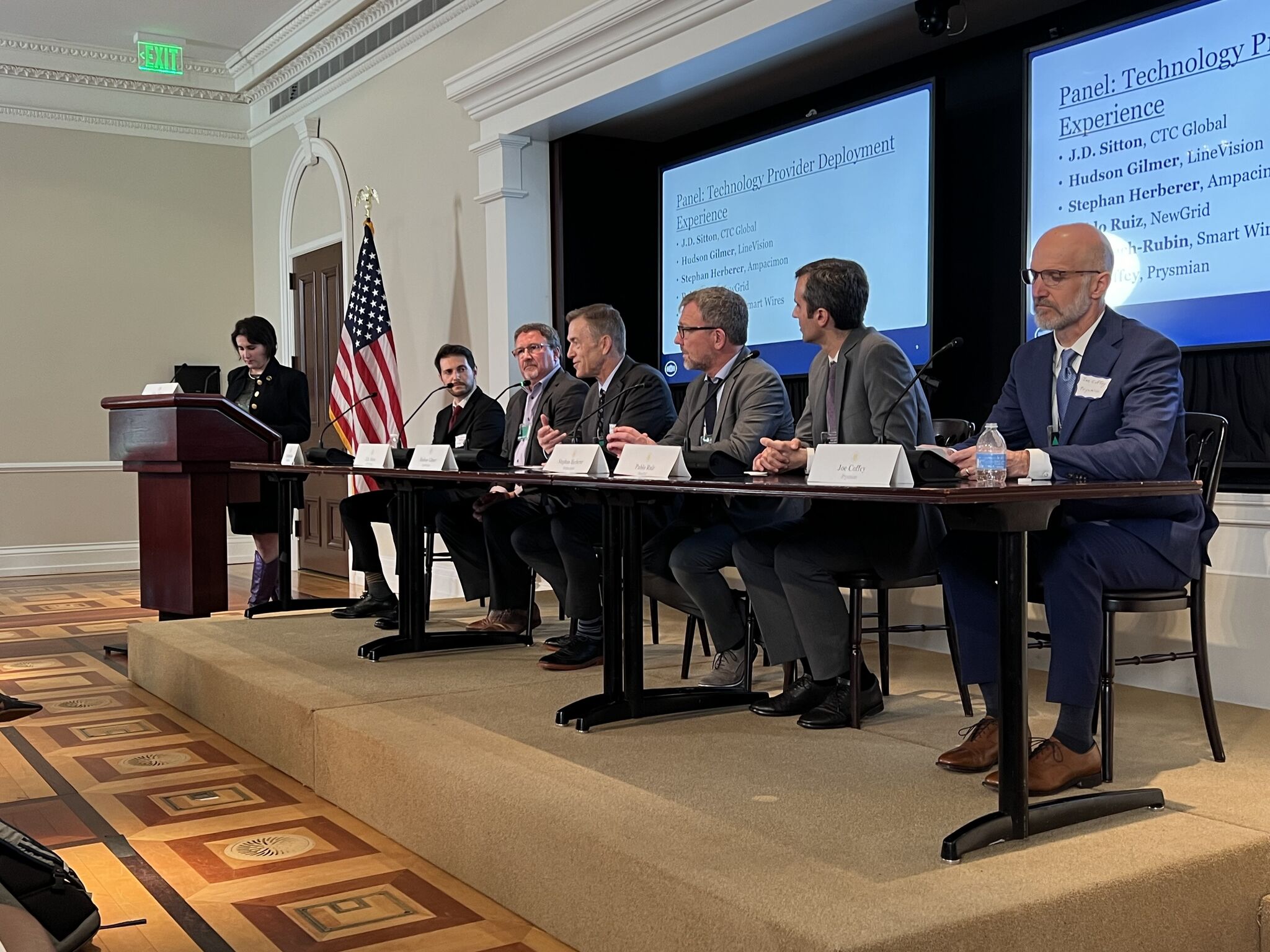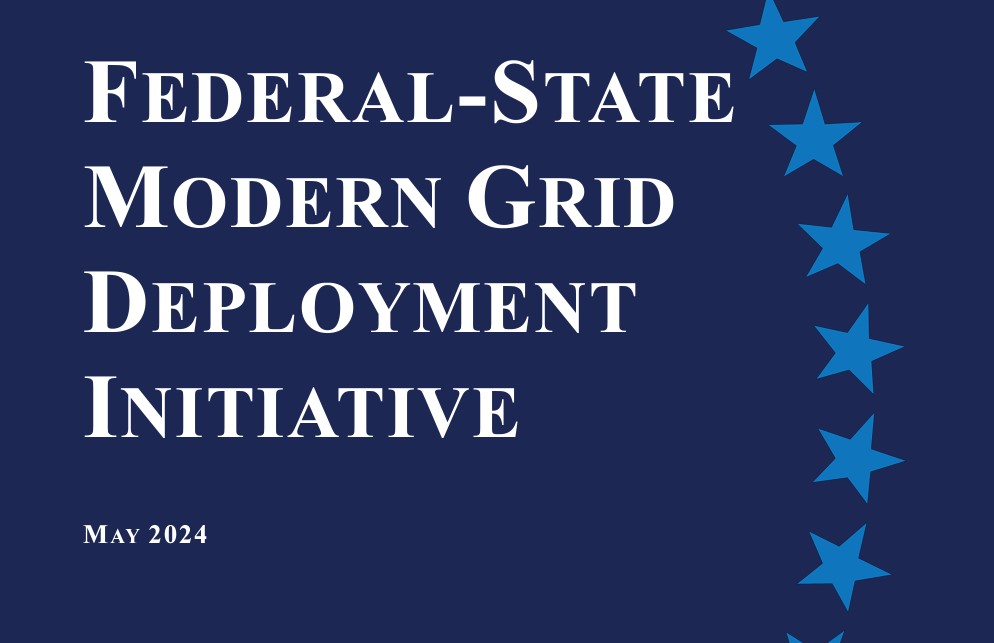On September 25, 2024, California Governor Gavin Newsom signed into law SB 1006, introduced by Senator Steve Padilla (D-San Diego). This groundbreaking legislation focuses on enhancing the state’s electricity transmission capacity through reconductoring and grid-enhancing technologies. The preface of the bill notes that the state must “dramatically increase” the capacity of its distribution and transmission systems “rapidly and cost effectively” to meet a range of goals from reduce the cost of energy bills to improving reliability of the grid.
Key Provisions of SB 1006
The new law mandates that transmission utilities conduct evaluations of both transmission and distribution lines by January 1, 2026, and at least every four years thereafter. The evaluations will assess which lines can be reconductored using advanced technologies to achieve one or more several critical objectives:
- Increase Transmission and Distribution Capacity
- Reduce System Congestion
- Minimize Curtailment of Renewable Energy Resources
- Enhance Reliability
- Lower Wildfire Risks
- Boost Capacity for New Renewable Energy Connections
- Decrease Line Losses
- Facilitate Rapid Service to New Customers or Increased Loads
Following the evaluations, utilities will submit their plans to the California Public Utilities Commission (CPUC), which will make these documents publicly accessible. Additionally, the CPUC will collaborate with the California Independent System Operator (CAISO) to incorporate these plans into the ISO’s planning processes.
Implications for California’s Energy Landscape
SB 1006 holds the potential to double the energy-carrying capacity of existing transmission lines within a 12 to 18-month timeframe. This improvement will not only provide critical data for adding new generation resources but also enhance the energy loss performance of transmission lines by 30% to 40%. Importantly, the bill extends its provisions to distribution lines, addressing a significant bottleneck in integrating distributed energy resources.
The implications for California’s ambitious energy policy goals are substantial, particularly as the state seeks to increase its reliance on renewable resources, including both onshore and offshore wind energy. These new planning requirements are expected to streamline processes that have previously hindered the addition of renewable energy sources.
A Model for Other Jurisdictions
The legislation could also influence operational and maintenance practices related to line replacement, potentially serving as a model for other states facing similar challenges, such as backlogged interconnection queues and growing demand. By aligning state-directed transmission planning with new Federal Energy Regulatory Commission (FERC) requirements under Orders No. 1920 and 2023, SB 1006 aims to create a cohesive framework for future transmission and interconnection studies in California.
As California continues to pave the way toward a sustainable energy future, SB 1006 represents a significant step forward in modernizing the grid, enhancing reliability, and supporting the integration of renewable energy sources.





